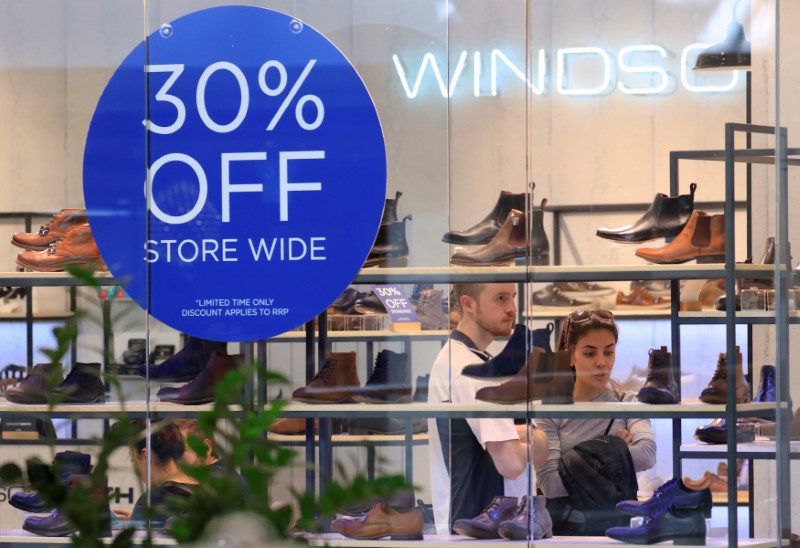(Bloomberg) -- Australian household spending surged by a record last quarter, led by cafes and clothing and footwear stores as Covid restrictions in much of the country were unwound, underscoring the central bank’s contention that economic growth “increased solidly” in the period.
Quarterly retail volumes advanced 6.5% in the three months through September, after declining 3.5% in the prior quarter, the Australian Bureau of Statistics said Wednesday. Growth was partly offset by a 4.2% decline in Victoria state, which remained under lockdown in the quarter, while sales in New South Wales soared 11.6%, leading gains in all states and territories.
“The quarterly rise was driven by a recovery in industries that saw sharp falls in the June quarter 2020, as well as continued strength in industries such as food retailing, other retailing and household goods,” said Ben James, director of Quarterly Economy Wide Surveys at the ABS.
Australia’s economy is showing signs of strengthening as consumer confidence surges, with optimists now exceeding pessimists, job advertisements advancing and house prices rising for the first time in six months. The recovery will receive a boost from the Reserve Bank of Australia‘s new round of stimulus.
The RBA on Tuesday cut its key interest rate, its three-year bond yield target and a bank lending facility rate, all to 0.10% from 0.25%. It also announced a A$100 billion ($71.5 billion) quantitative easing program to spur hiring and investment. At the same time, the central bank said it was upgrading its near-term economic outlook.
“The recent household spending and employment data have been a little stronger than we were expecting,” RBA chief Philip Lowe said in a speech Tuesday.
“It now appears probable that GDP increased solidly in the September quarter despite the lockdown in Victoria,” he said. “And growth over the year to June 2021 is expected to be close to 6%, compared with an expectation of 4% growth when we reviewed our forecasts three months ago.”
Wednesday’s quarterly sales release removes the impact of prices and provides a gauge of the household consumption component of gross domestic product, which accounts for more than half of activity.
The seeming contradiction in delivering more stimulus despite the better economic outlook is explained by expectations that unemployment will remain elevated for an extended period. A separate ABS report Wednesday showed payrolls fell 0.8% in the two weeks to Oct. 17.
On a monthly basis, retail sales slid 1.1% in September, compared with economists’ forecasts for a 1.5% drop.
©2020 Bloomberg L.P.
